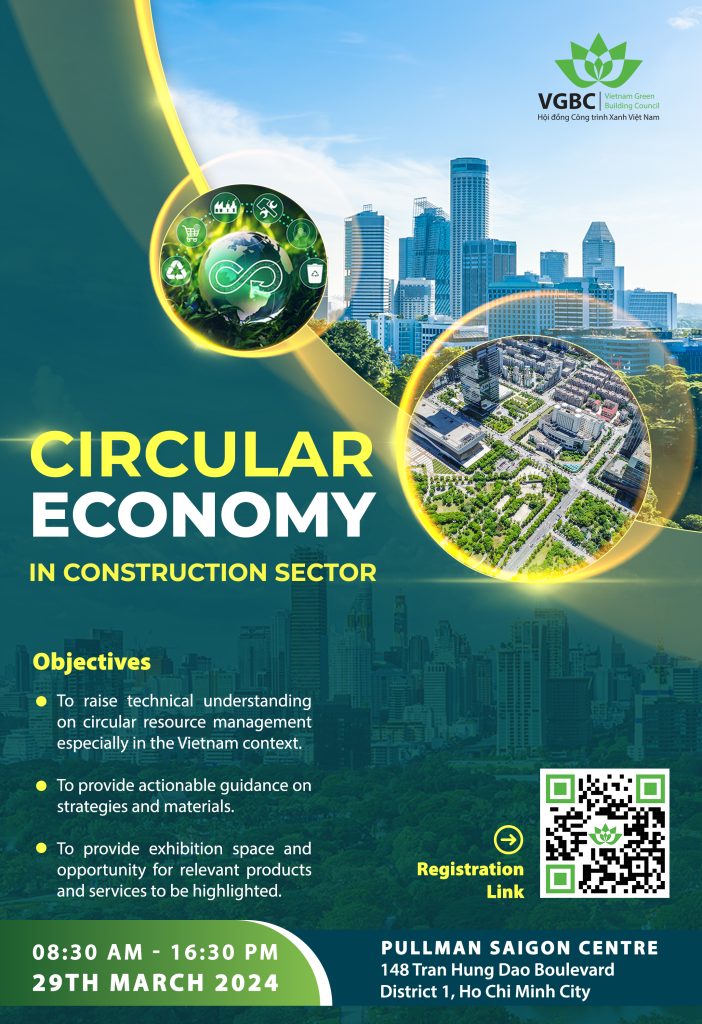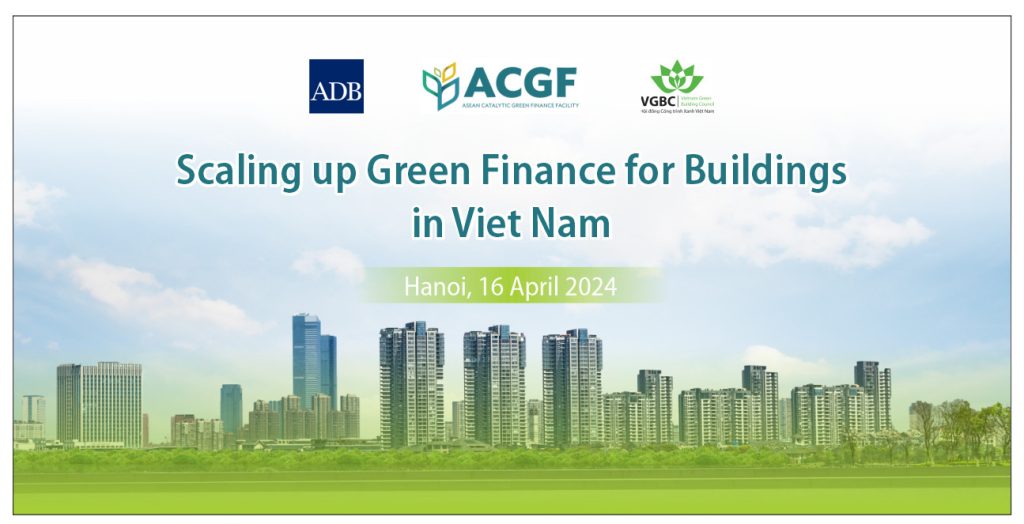Growth in sales in the second or holiday home segment of the property market in Vietnam has garnered a lot of attention of late but its outlook remains cloudy at best—with many experts throwing up the yellow caution flag to investors.

More importantly, however, according to experts at a recent forum in Hanoi,an estimated 17,000 units are expected to be constructed over the next three years inthe country’s key resort markets.
The prime markets in the country for the second home segment were identified as the provinces of Khanh Hoa and Quang Nam, the island of Phu Quoc, the beach town of Ho Tram, along with the cities of Ha Long and Danang.
The experts at the forum said the 17,000 units include villas, second home condominiums and condo hotels, which latter are legally a condominium but double as a hotel offering short term rentals and are operated in similar fashion to hotels.
This data shows clearly that a nation-wide oversupply problem exists, which will continue putting downward pressure on future growth in the Vietnam second home market, David Jackson,CEO of Colliers International told the audience.
Mr Jackson noted that any upward trend in investment and sales over the recent past is proving to be unsustainable in the face of projects in the pipeline that most surely will saturate the market in the foreseeable future.
With property investment growth losing momentum and private investment growth remaining stubbornly sluggish, the economic growth outlook for the segment over the next few years looks increasingly gloomy.
In Danang alone, Mr Jackson said that the Intercontinental Sun Peninsula Resort, Ba Na Hills Resort, Bai But Resort and the Song-Danang Beach Villas all have long term construction projects scheduled to get underway later this year that will flood the holiday home segment with units for years to come.
The standout mainly is the profusion of condo hotel developments. The pace at which developers are planning to build these units is sure to result in a future over supply unless the government steps in and brings some sensibility to the market.
If not, additional projects will be planned. We are seeing more and more projects announced, all seemingly trying to outdo one other in terms of scale, appeal and often outlandish promised rates of return.
Salesmen for these developments are touting rental returns in Vietnam that can be as high as 12% guaranteed for eight years— but investors should be forewarned not to fall for these extraordinary claims and representations.
To have any chance of meeting these exceptionally high internal rates of return the projects would need top rate management managing these projects more as hotels than as holiday homes.
Yet in most cases this hotel management component seems to be lacking, if it exists at all. Investors should take heed of the age-old adage, that if it something sounds too good to be true, it probably is.
In addition, Mr Jackson noted that investors should be cautious because investments in the segment become higher risk when less experienced developers enter large scale projects,such as is happening in Vietnam in cities such as Danang,with insufficient equity and are not fully supported by banks.
What really happens in many of these cases where guaranteed rates of return exceed the projected future cash flows of a real property development is that the investor ends up paying more for the property than it is worth in the first place.
This is common in real estate and in many markets around the globe the cost of financing can account for as much as 20% of the initial purchase price of a unit.
This structure might prove beneficial under some limited circumstances but it needs to be very well planned and carefully analysed before being implemented or it can result in financial disaster for the real property project and investor.
Rudolf Hever, director of Hotels, Savills Asia-Pacific in turn also warned of saturation in the second home and holiday home segment noting that in the city of Danang the growth in supply of units could hit 27% over the next three years, not a good thing for investors.

 Tiếng Việt
Tiếng Việt





